Hong Kong News

The promise and potential pitfalls in Hong Kong’s south coast tourism revamp
For most of his adult life, Tsang King has lived and worked on southern Hong Kong Island, where jungle-covered hills fall sharply down to waters that fishing boats have plied for more than a thousand years.
Less than a 30-minute drive from the downtown network of skyscrapers that house some of the most powerful financial institutions in Asia, the work day ends when the boats dock and deeply tanned crew members spill out into the neighbourhood streets, warmly talking above each other as they make their way towards seafood restaurants passed down through generations.
For more than 30 years, Tsang worked as a security guard helping tourists to board a sampan at Aberdeen for the short ride to the Jumbo Floating Restaurant, fashioned after a Ming dynasty palace and as big as a city block. Patrons, some dressed in royal costumes, would take turns posing for photos sitting on a replica of an emperor’s throne.

“Sometimes, it was still running at 1am, with the fourth floor opening overnight,” said Tsang, now 82.
But after 44 years in business, the restaurant shut its doors in March after the coronavirus drove away the last of a dwindling number of customers. The community lost a landmark, but the closure was emblematic of a deeper malaise.
Aside from the string of beaches packed with sunbathers on weekends, the southern stretch of coastline has become largely defined as a satellite community offering pockets of relatively affordable housing for commuters who ride a newly built subway line to their jobs on the other side of the island. The economic potential of the area has not been fully tapped, some argue.
The government aims to change that through an initiative to turn the district into a leisure and tourism hub, with Jumbo to have a starring role, a vision welcomed by Tsang. “Development is good,” he said. “The next generation will have hope.”
But some observers and local entrepreneurs are more cautious in their appraisal, pointing to the lack of details and a budget. Hong Kong has a mixed track record of reinventing neighbourhoods, and an earlier ambitious plan to transform the southern community collapsed when the economy weakened.
While the latest bid could give the government a chance to avoid past mistakes, partly by looking to successful examples in Taiwan and Japan, the transformation must involve not just developers and tourism companies, but the people who had called the district home for decades, they said.
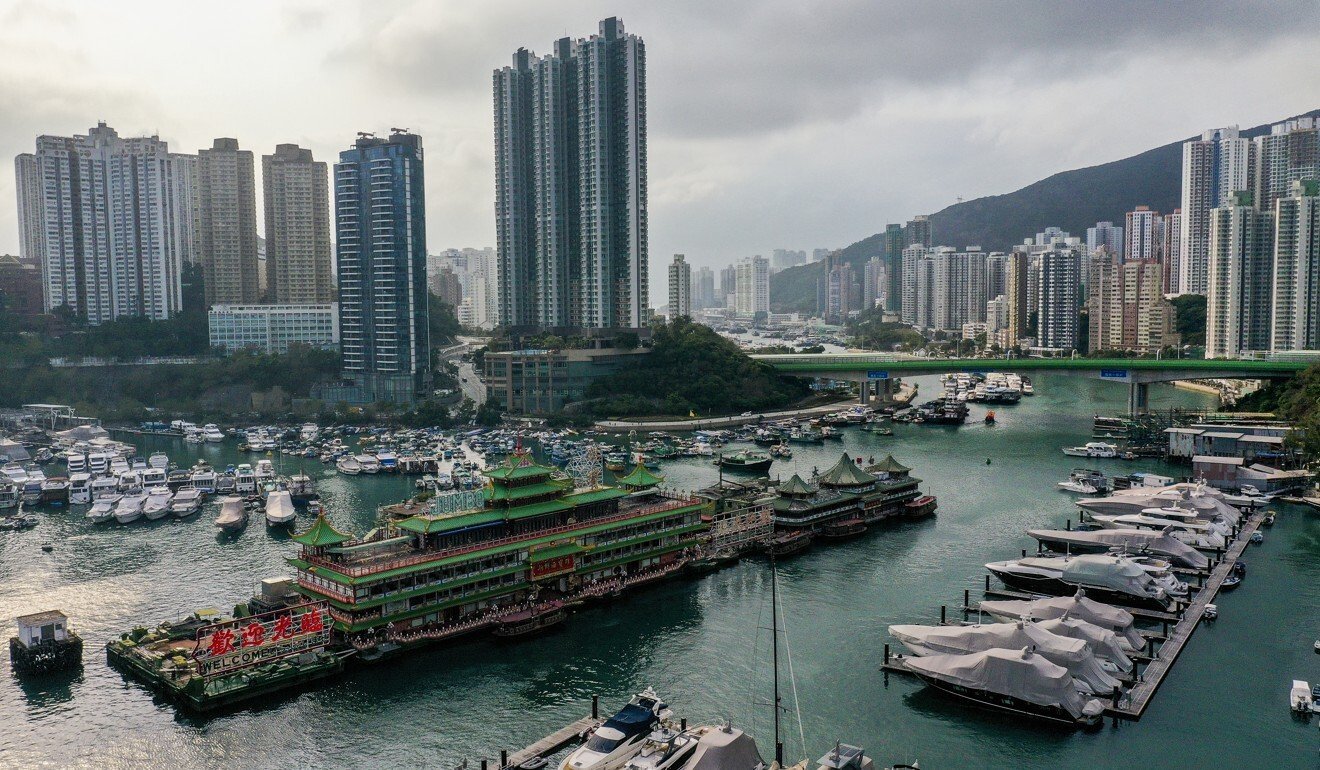
A flawed vision?
In announcing the plan, Chief Executive Carrie Lam Cheng Yuet-ngor said the goal was to create a destination “for people to work, live, explore new ideas and have fun” through a mix of tourism-driven and commercial elements.
Towards that end, the resurrection of the Jumbo restaurant has been placed in the hands of Ocean Park, while older industrial buildings are to be turned into spaces for cultural events and emerging industries.
Aberdeen’s typhoon shelter and promenade, as well as along the main street of the Ap Lei Chau neighbourhood that sits on an island opposite the harbour, will be enhanced to build up eco-tourism. According to a government source, a new water taxi route is being planned with stops at the shelter, Wong Chuk Hang, Ocean Park, Repulse Bay and Tai O, in an attempt to create a day trip experience for visitors.
But criticism has been particularly harsh over the decision to hand Jumbo to Ocean Park, which received a HK$5.4 billion (US$696 million) bailout in May after years of failing to turn a profit. A strategy to revive the park is expected to be released this year.
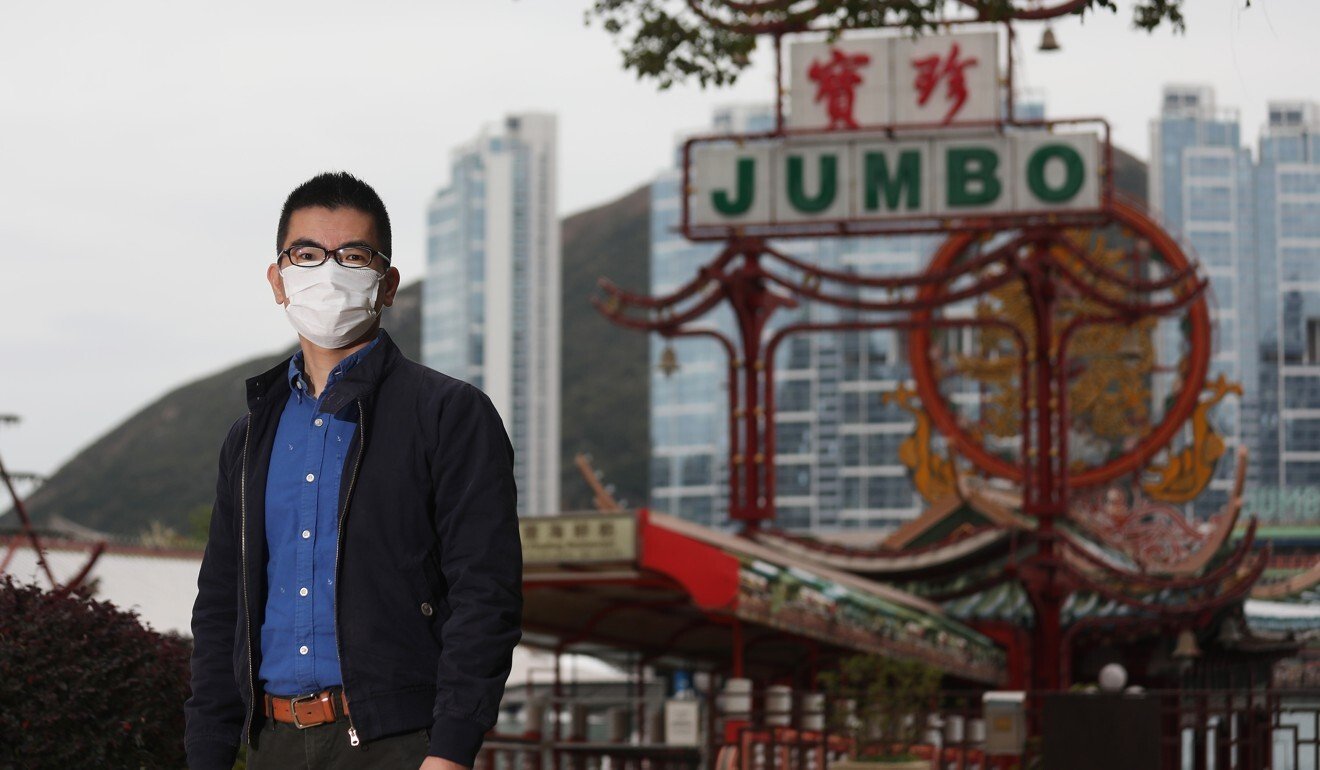
Some experts have questioned whether it makes strong business sense to combine a failed attraction with one long fallen into the red, while others slammed what they saw as an inherent contradiction of giving the commercial project to a resort ostensibly focused on conservation and animal welfare. But supporters argue the additions will attract both locals and overseas visitors.
Simon Lee Siu-po, co-director of the international business and Chinese enterprise programme at Chinese University, estimated the entire project would cost between HK$1 billion (US$129 million) and HK$4 billion and urged officials to release a detailed business plan.
“Ocean Park has to manage Jumbo, but the park has a poor track record,” Lee said. “These two now are forming a big bomb.”
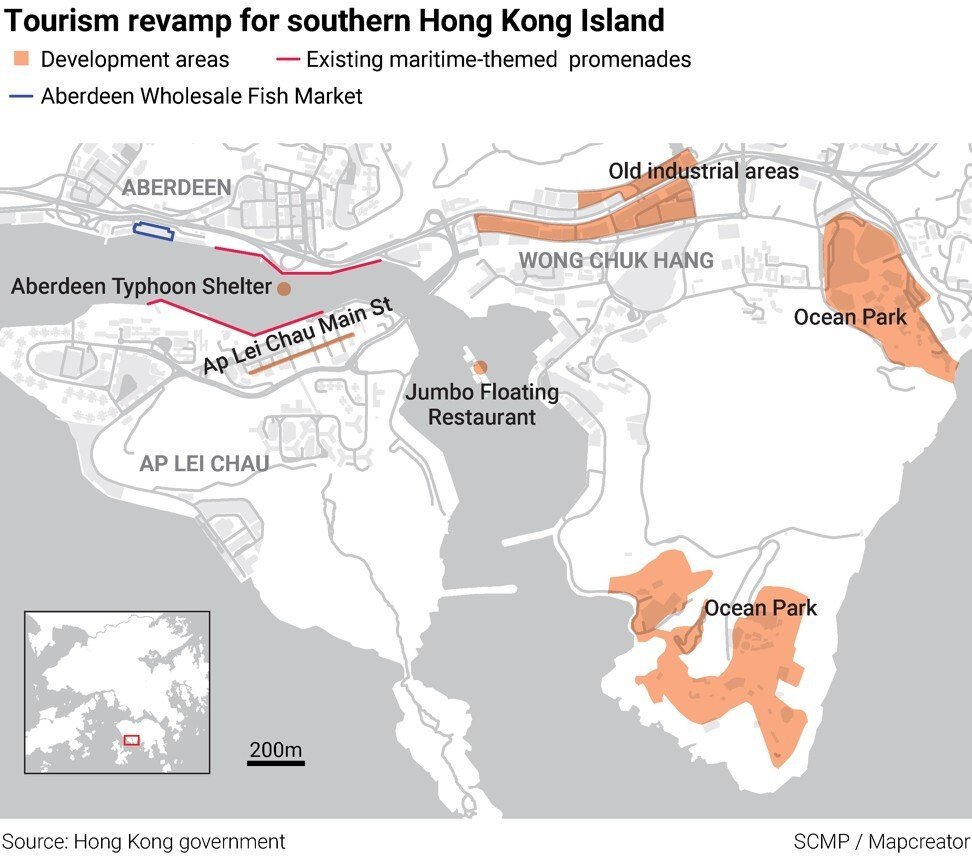
Describing the overarching vision as bereft of highlights, Lee cautioned that presenting the same old offerings would lead to a stale revamp and called for adding new elements geared towards family fun.
Like many attractions, Jumbo suffered from the near-complete absence of tourists during the coronavirus crisis, with staff dismissed and business hours altered. The 43-year-old Ocean Park has equally felt the pain. Forced shutdowns due to social-distancing rules and the limited pool of domestic patrons left the resort with an operating deficit for the fifth consecutive year.
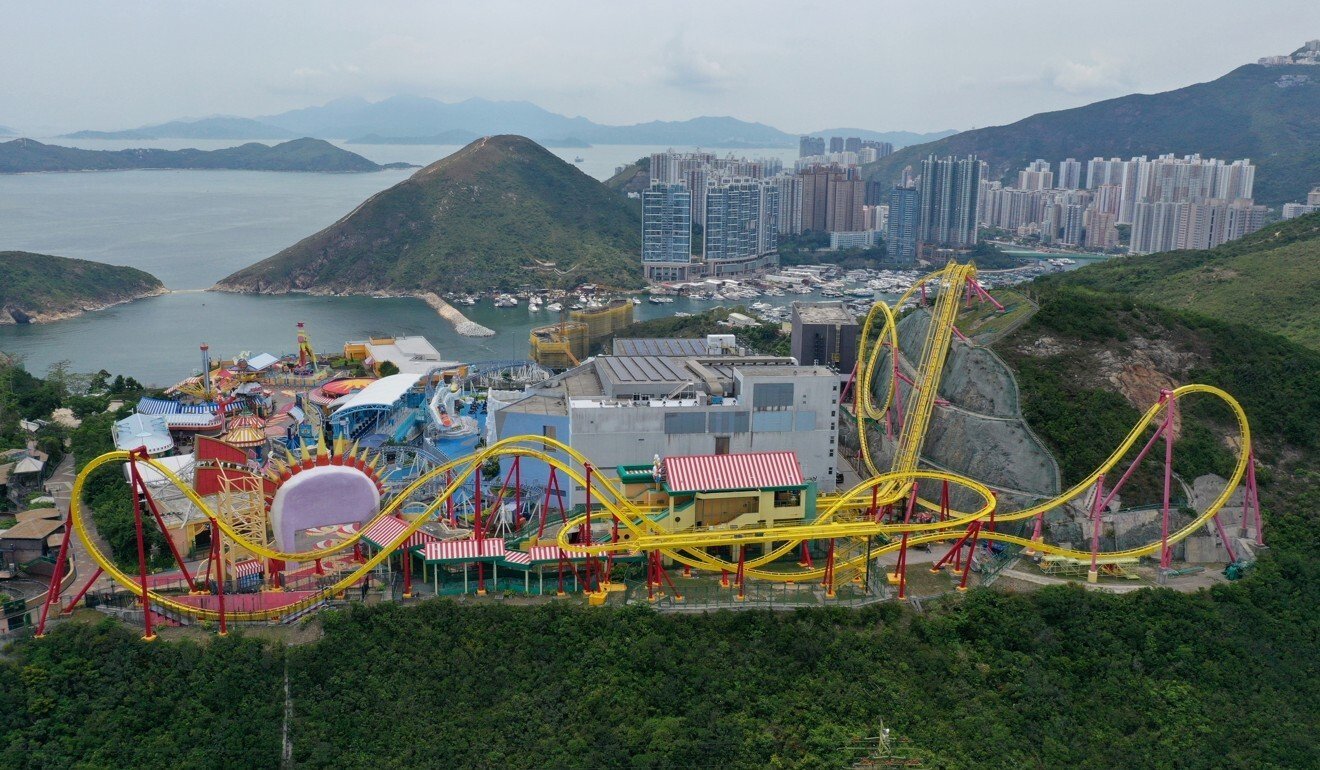
The rebirth will try to emphasise the park’s strengths in education and conservation, while also leaning on the opening of a new HK$3.7 billion water park this summer.
The attraction is expected to work with NGOs to make the floating restaurant a distinctive cultural heritage and tourist attraction on a non-profit-making basis.
Commerce minister Edward Yau Tang-wah has previously said the restaurant was well-preserved and big enough to host a variety of activities, indicating it need not remain simply a restaurant.
But Lee was baffled by the idea of handing the restaurant over to Ocean Park and NGOs, criticising its business model as problematic. Jumbo should instead be outsourced to catering firms with a track record of making restaurants commercially viable, he argued.
“If it’s for conservation and exhibition, then who will pay for the operating costs? If it remains a food business, it will be competing with other restaurants,” he said, pointing to eateries in Sai Kung and Lei Yue Mun famous for seafood dishes.
But former Ocean Park chairman Allan Zeman, credited with reviving its fortunes after the severe acute respiratory syndrome (Sars) outbreak of 2003, hailed Lam’s revitalisation plan as a tremendous opportunity for Aberdeen.
The businessman, who serves as an adviser on the water park project, vowed the pools and rides would target locals as well as tourists such as families with children.
The park will count lazy rivers, an infinity pool and wave pools among its attractions, with the resort earlier estimating it would help extend the average stay of foreign visitors by three-quarters of a day.
Zeman predicted the new attraction would draw an initial annual attendance of about 1.5 million if the health crisis eased, with visitors able to buy separate tickets for the water park or in combo packages that included admission to the existing resort.
Ocean Park recorded just 2.2 million visitors in the financial year ending June 30, down more than 61 per cent from the previous 12 months due to the double whammy of the pandemic and anti-government protests.
“After the protests last year and the virus this year, Hong Kong is facing a very tough time, so we need to keep coming up with new attractions,” Zeman said.
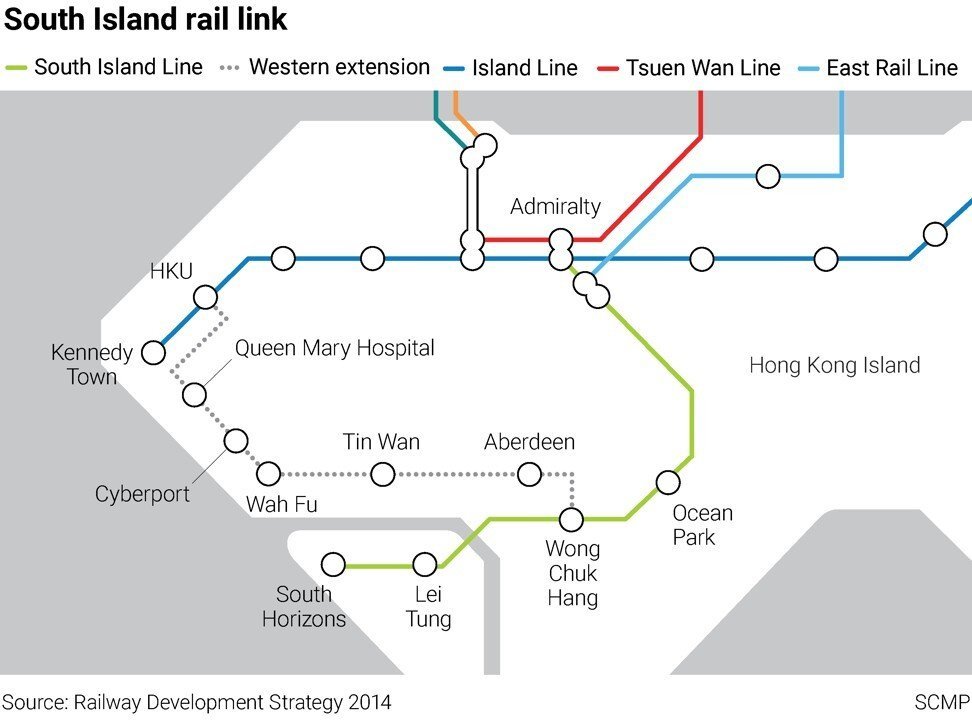
Cautious optimism
Lam’s initiative is not the government’s first attempt to remake Southern district into a tourism Mecca. In 1999, then-financial secretary Donald Tsang Yam-kuen’s budget included a feasibility study on redeveloping part of Aberdeen, and it was planned along the lines of the famed Fisherman’s Wharf in San Francisco.
An ambitious blueprint later touted various attractions such as the use of traditional sampans or sightseeing “water taxis” to transport people.
But in 2009, the proposal, which carried an initial projected cost of HK$1 billion, was scaled down by about 80 per cent amid a credit crunch and lacklustre interest from the private sector. A financial consultancy study called the project commercially inviable. Plans for the wharf revamp were dropped but the promenades in Aberdeen and Ap Lei Chau were beautified.
Southern district councillor Kevin Tsui Yuen-wa said some residents worried the latest proposal would be a case of history repeating itself and cost the government multiple rounds of investment if it was not executed well.

Tsui acknowledged officials had adopted the district council’s views on developing the typhoon shelter and creative industries, but the initiative’s viability would depend on its details, along with Ocean Park’s pending plan to turn around its business.
“Although I kind of look forward to the revitalisation, I don’t dare to be too positive,” he said, adding he feared the bad relationship between the government and the opposition-dominated district council would make consultations in the community harder.
With thousands of flats being built in Wong Chuk Hang, he called on the government to tackle residents’ concerns about traffic capacity given the city’s rail operator would take years to build the South Island Line (West) extension to tie in with the initiative.
In 2019, Southern district was home to an estimated 270,000 people.
“It could be a very good project to bring energy to tourism and the community,” he said. “But it may create problems in the community, such as conflicts between tourists and locals.”
Across Victoria Harbour, a plan that began about a decade ago called “Energising Kowloon East” aims to transform the area into another central business district. While the industrial zone in Kwun Tong now houses hotels, office towers, shops and restaurants, officials had failed to build more roads and traffic was often jammed, according to district council chairman Choy Chak-hung.
“Wong Chuk Hang has narrower roads,” Choy warned.
The Kowloon redevelopment had also driven up rent, forcing cultural groups such as musical artists to leave.
Enticing and keeping creative types will be critical for the Southern district revamp to work. Dominique Perregaux, executive chairman of the arts-focused South Island Cultural District organisation, urged the government to protect artists, saying he welcomed the proposal to redevelop ageing industrial buildings in Wong Chuk Hang into cultural spaces.
The area currently has more than 50 industrial buildings, more than 20 of which have already been remodelled or are in the process, according to the government source. Over the past decade, office towers and modern hotels have mushroomed in the neighbourhood, drawing art galleries.
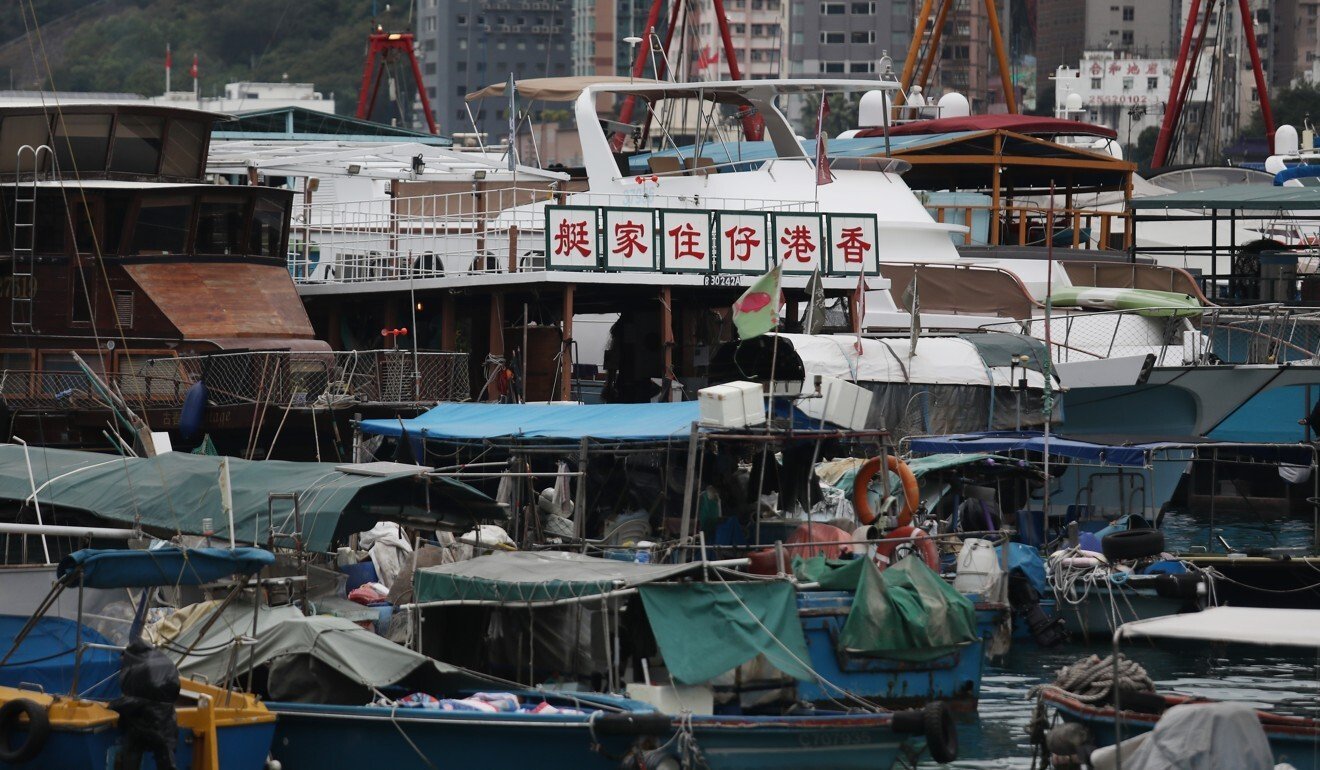
While Perregaux is promoting the district as a destination for contemporary arts, he cautioned: “If they just allocate space for artists, but rent is expensive, then there is really no incentive for artists to come.”
Observers of another decade-old development initiative, Conserving Central, which included turning heritage buildings into artistic and commercial attractions such as PMQ and Tai Kwun, also hoped officials will learn from past mistakes.
Katty Law, convenor of Central and Western Concern Group, felt the neighbourhood project was more about preserving individual buildings, and officials could have better designed facilities. The heritage vision could have extended into nearby streets, she said, adding: “There seems to be not much comprehensive planning.”
The lure of authenticity
But Brian King, associate dean of Polytechnic University’s School of Hotel and Tourism Management, praised the approach of combining recreational and cultural activities as “quite revolutionary”.
King was happy to see the area’s full range of assets along the southern edge of the island embraced, including waterfront elements such as marine activities and the typhoon shelter.
But creating a development treasured by locals would be even more important than attractions aimed solely at overseas visitors.
“If [the new projects] are seen as interesting, curious and vibrant by Hongkongers, then other people will want a part of that,” he said.
Connie Chiu Hiu-shuen, manager at Seayou Explorer Travel, has been testing the tourism waters in Aberdeen since June 2019, organising cultural tours for small groups of travellers who sail through the typhoon shelter – home to fishing boats, yachts and other small vessels – in sampans.
Aside from visiting a renovated houseboat to understand how boat dwellers once widely lived, sightseers also dine on noodles with fishballs, red sausages and roast goose cooked on another small boat, a traditional meal in the neighbourhood.
Her guests have ranged from locals and expats to foreign visitors. During a peak in September, she averaged more than 100 customers a day, including local couples and families with children.
Her company has also hired boat dwellers and their children to drive sampans as a way to value traditional skills.
“The next generation [of boat dwellers] may not be willing to carry on their family businesses. As the government reshapes Southern district into a tourism hub, it should tell everyone that it will be a sustainable industry that is worth developing further,” Chiu said.
Paul Chan Chi-yuen, co-founder of guided-tour company Walk in Hong Kong, which promotes the city’s hidden gems, agreed that upgrading experiences for visitors was not just about spending money, as the authenticity many sought could not be created by a top-down approach.
The government and travel sector had never found a way to engage the local community in planning with a bottom-up approach, he said.

“Will this be a chance to find it out? Perhaps, yes. But our track record has shown we are not good at doing this,” he said.
For the initiative to succeed and retain the area’s traditional lifestyle, officials must develop a platform to allow existing stakeholders to take part in the planning. Building a network of attractions that would allow locals to share their lifestyle with visitors could help repeatedly draw residents from elsewhere in the city, he added.
Hong Kong should take cues from other popular travel destinations in Japan and Taiwan that offered authentic tourism experiences, products and cuisines with the support of local resources and residents, he said.
For example, visitors flocked to arts events held in the rice fields of the farming community in Chishang in the east of Taiwan, he noted. The popular arts festival Setouchi Triennale on the islands of the Seto Inland Sea in Japan had revived areas marred by depopulation. But Hong Kong needed to act quickly and move in the right direction, Chan warned.
“We have to learn this quickly,” he said. “It’s rare that we now have a window where the whole industry is at a standstill. That means we can rectify many things.”











